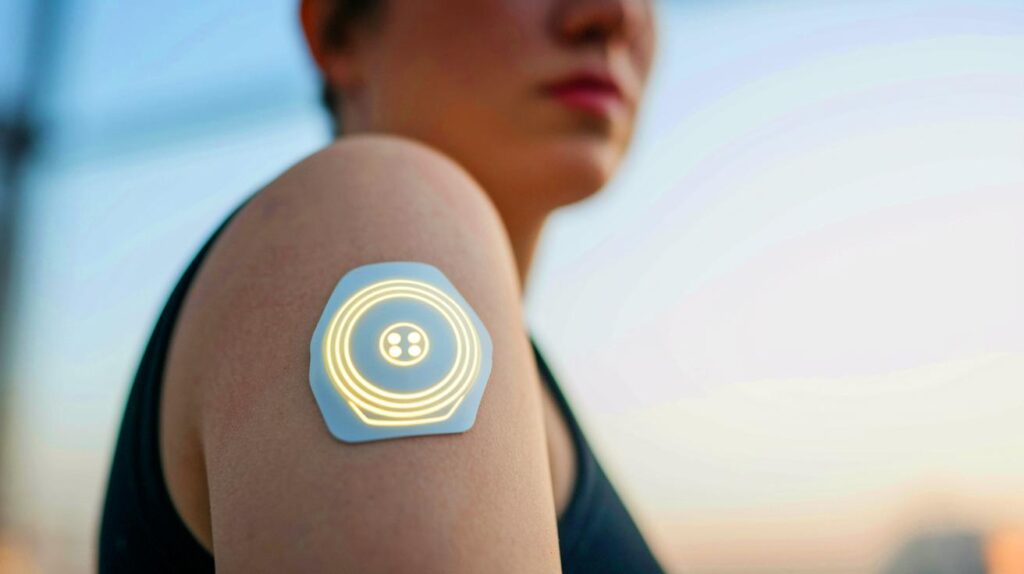| In Brief |
|
Recent technological advancements pave the way for a better understanding of our emotions. A new device developed by researchers at Penn State promises to revolutionize mental health monitoring. This discreet portable patch can detect hidden emotions through the analysis of physiological signals. By combining data such as skin temperature, humidity, heart rate, and blood oxygen levels, this sensor provides an overview of emotions, even when our faces don’t reveal anything. This innovation could transform the way we approach the monitoring and support of mental health.
How The Device Works
The functioning of this device is based on its innovative design. Made from fine and flexible metals like gold and platinum arranged in wavy patterns, the patch easily adapts to body movements. It houses multiple independent sensor sets that can simultaneously measure complex signals without interference.
The stability of the measurements is ensured by a rigid support for the temperature sensors and a waterproof layer for moisture readings. The collected data is then wirelessly transmitted to a phone or cloud server, allowing healthcare providers to track emotional responses in real time while maintaining user anonymity.
The integrated AI in the device has been trained to distinguish between simulated emotions and real emotions. During tests, it recognized simulated facial expressions with an accuracy of 96.28%. For authentic emotions, the system achieved nearly 89% accuracy by capturing subtle changes such as increases in heart rate and skin temperature.
Future Applications
The potential applications of this technology are vast. Yangbo Yuan, co-author of the study, emphasizes its ability to help those struggling with mental health. Monitoring these signals could allow for the early detection of issues such as anxiety or depression.
Libo Gao, another co-author, also discusses its crucial role in bridging care access gaps. With increasing stress in modern society, the ability to monitor emotions can provide early indicators of debilitating conditions and enable proactive support.
Beyond mental health, the device could have broader diagnostic roles. It could assist in observing non-verbal patients, monitoring signs of dementia, tracking early symptoms of opioid overdose, managing chronic wounds, and monitoring neurodegenerative diseases.
A Step Towards Proactive Mental Health
As research and development of this device progress, it represents an important step toward better understanding and monitoring human emotions. By providing more personalized and proactive approaches to mental health care, this technology could transform how we approach psychological support.
The results of this research have been published in Nano Letters, reinforcing the idea that technology can play a key role in improving our emotional well-being. As these devices become more accessible, the possibilities they offer for early intervention and tailored support for individuals continue to grow.
In light of these advancements, one question arises: how will these new technologies influence our perception of emotions and the treatment of mental disorders in the future?







